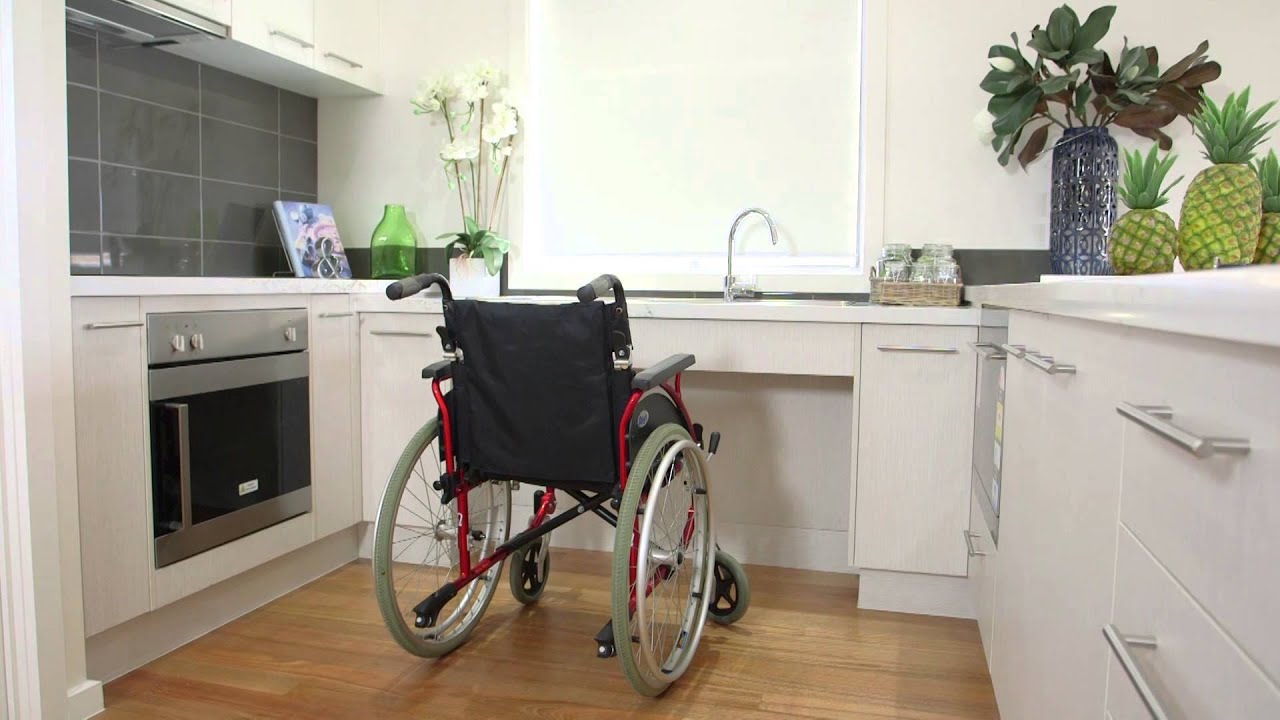Creating an ADA-compliant home acoustics environment is crucial for homeowners seeking to enhance accessibility and quality of life. By understanding the principles of acoustics and integrating them into home design, homeowners can significantly improve the living experience for individuals with disabilities. This article will guide you through important considerations and strategies for achieving ADA-compliant home acoustics.

Understanding ADA Compliance
The Americans with Disabilities Act (ADA) sets forth requirements to ensure accessibility for individuals with disabilities in various environments, including homes. While the ADA primarily addresses public spaces, its principles can be applied to residential design to create inclusive and accessible living spaces. ADA-compliant home acoustics focus on minimizing noise distractions and enhancing sound clarity to accommodate individuals with hearing impairments.
The Importance of Home Acoustics
Home acoustics play a vital role in creating a comfortable and functional living environment. Proper acoustics can reduce noise pollution, enhance speech intelligibility, and improve overall sound quality. For individuals with hearing impairments, optimizing home acoustics can significantly impact their ability to communicate and engage with their surroundings.
Key Elements of ADA-compliant Home Acoustics
Several key elements contribute to achieving ADA-compliant home acoustics. These include soundproofing, the use of assistive listening devices, and thoughtful design considerations. By focusing on these elements, homeowners can create an environment that meets the needs of individuals with hearing impairments.
Soundproofing Techniques
Soundproofing is a critical aspect of ADA-compliant home acoustics. By reducing external noise and preventing sound leakage between rooms, homeowners can create a quieter and more peaceful living environment. Techniques such as adding insulation, using soundproof curtains, and installing acoustic panels can effectively minimize noise disturbances.
Assistive Listening Devices
Integrating assistive listening devices into the home can greatly enhance accessibility for individuals with hearing impairments. Devices such as hearing loops, amplified telephones, and personal amplifiers can improve sound clarity and ensure effective communication. These devices can be seamlessly integrated into various areas of the home, including living rooms, kitchens, and bedrooms.
Design Considerations for ADA-compliant Home Acoustics
When designing an ADA-compliant home, several considerations can improve acoustics. These include selecting appropriate flooring materials, optimizing room layouts, and using sound-absorbing materials. By carefully planning the design and layout of each room, homeowners can create a harmonious acoustic environment.
Flooring Materials and Acoustics
Choosing the right flooring materials is essential for achieving ADA-compliant home acoustics. Carpeting and rugs can help absorb sound and reduce echoes, while hard surfaces like hardwood or tile may contribute to noise amplification. Homeowners should consider the acoustic properties of flooring materials when designing accessible spaces.
Optimizing Room Layouts
The layout of a room can significantly impact its acoustics. Open floor plans, while popular, can lead to sound reflections and echoes. By strategically placing furniture and using partitions, homeowners can create defined spaces that improve sound control. Additionally, incorporating soft furnishings such as curtains and cushions can further enhance acoustic properties.
Using Sound-Absorbing Materials
Sound-absorbing materials can significantly contribute to ADA-compliant home acoustics. Acoustic panels, curtains, and wall coverings can reduce noise levels and improve sound quality. These materials are available in various styles and designs, allowing homeowners to customize their spaces while maintaining acoustic functionality.
Creating a Quiet and Comfortable Environment
In addition to soundproofing and design considerations, creating a quiet and comfortable environment is essential for ADA-compliant home acoustics. This can be achieved by minimizing sources of noise, such as appliances and HVAC systems, and ensuring proper ventilation to reduce background noise.
Minimizing Noise Sources
Identifying and minimizing noise sources within the home is crucial for achieving ADA-compliant home acoustics. Appliances such as dishwashers, washing machines, and air conditioners can generate significant noise. Homeowners can opt for quieter models or use soundproof enclosures to mitigate noise impact.
Ensuring Proper Ventilation
Proper ventilation is essential for maintaining a comfortable and quiet environment. HVAC systems should be well-maintained to minimize noise, and vents should be strategically placed to prevent sound transmission between rooms. Additionally, using soundproofing materials around ducts and vents can further enhance acoustic performance.
Incorporating ADA-Compliant Features
Integrating ADA-compliant features into the home can greatly enhance accessibility and acoustics. Features such as accessible doorways, ramps, and adjustable lighting can improve the overall living experience for individuals with disabilities. By considering both acoustics and accessibility, homeowners can create a truly inclusive environment.
Accessible Doorways and Ramps
Accessible doorways and ramps are essential components of an ADA-compliant home. These features not only facilitate mobility but also contribute to better acoustics. By reducing noise generated from door slams and footsteps, accessible doorways and ramps can enhance the overall acoustic environment.
Adjustable Lighting
Lighting plays a crucial role in both accessibility and acoustics. Adjustable lighting allows individuals with visual impairments to navigate spaces more easily, while also reducing glare and reflections that can impact sound quality. By incorporating adjustable lighting solutions, homeowners can create a comfortable and acoustically optimized environment.
Conclusion
Achieving ADA-compliant home acoustics requires careful consideration of design, materials, and technology. By implementing soundproofing techniques, integrating assistive listening devices, and incorporating ADA-compliant features, homeowners can create a truly accessible and comfortable living environment. For more information on accessible home design, visit this external resource.

FAQs
What are ADA-compliant home acoustics?
ADA-compliant home acoustics focus on creating an environment that is accessible and comfortable for individuals with hearing impairments by minimizing noise distractions and enhancing sound clarity.
How can I improve home acoustics for individuals with hearing impairments?
Improving home acoustics can be achieved through soundproofing techniques, integrating assistive listening devices, and using sound-absorbing materials in the design of the home.
Why is soundproofing important for ADA compliance?
Soundproofing is important for ADA compliance as it reduces noise pollution, enhances speech intelligibility, and creates a more comfortable living environment for individuals with hearing impairments. For more insights, explore home bars and emergency preparedness solutions.
This article contains affiliate links. We may earn a commission at no extra cost to you.

